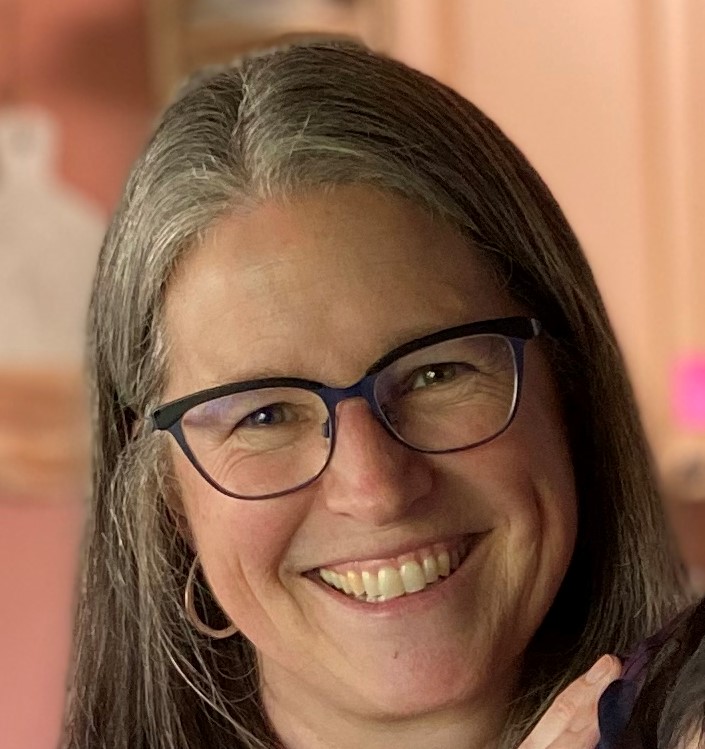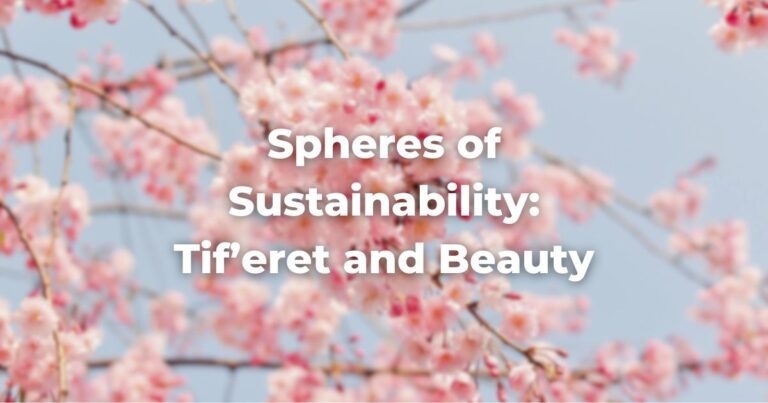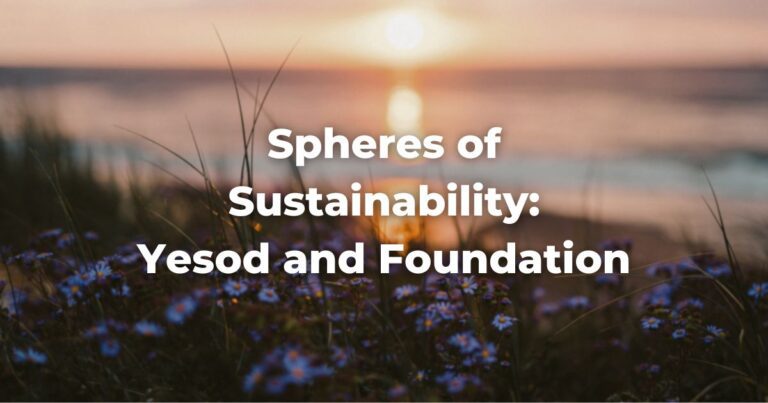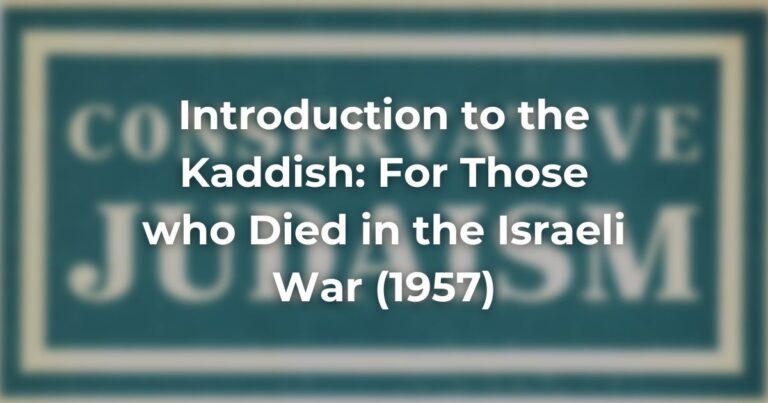Building a memory bank: collecting first, second and third memories of experiences helps us feel like we belong. By doing ‘Jewish,’ we create meaningful Jewish lives where spirituality feels less contrived.
Firsts. . .
I remember my first set of brass Shabbat candlesticks, my first Jewish books in my budding library, my first synagogue community. I remember the first time I looked up to the wall of a synagogue and read the word “Shalom,” in Hebrew letters. I remember my first Rosh Hashanah service, my first Passover seder, my first TorahRefers to the first five books of the Hebrew Bible, the Tanakh, also called the Five Books of Moses, Pentateuch or the Hebrew equivalent, Humash. This is also called the Written Torah. The term may also refer to teachings that expound on Jewish tradition. Read more reading.
What year was that again?
This past spring, I marked the 33rd anniversary of my becoming Jewish. At this point, I truthfully cannot remember all of the firsts, for they have seeped slowly but surely into my collective Jewish memory bank. They mesh with the seconds and the thirds. And now I can honestly say, “I am not sure which seder it was, but I remember . . .”
In the beginning
How difficult it is to imagine such a memory bank when you begin a Jewish journey! From the time I knew I wanted to be Jewish, I found everything so compelling but so bewildering. I drank in (ok, maybe I gulped in) all things Jewish: the sights, the sounds, the smells and Hebrew. Yet, there was so much I didn’t know and hadn’t experienced.
Sacred time
As I reflect on my Jewish journey, I realize now that building a memory bank happens slowly but surely by investing time in the community, and having all kinds of experiences that stretch out over the passing years.
Spiritual practice as a key to a life of meaning
Surprisingly, we build our memory bank not by solitary learning online or from books, but through participating in real-life Judaism. Rabbi and historian Dr. Haym Soloveitchik, teaches that we learn through a balance of the mimetic and the intellectual.1
It sounds like Soloveitchik is saying, that in addition to book learning, it is also important to “fake it ‘til you make it!” The more we do Jewish, the more we build our own real and meaningful Jewish lives. We reach a tipping point when spiritual practice feels less contrived.
Connectors
When was the tipping point for me? How did my memory bank grow? Deep involvement in a synagogue community helped me find the connectors2, like Harvey Kaplan who suggested the perfect Jewish name for me when I was standing in line for a Shabbat Kiddush lunch! I have been deeply touched by people like Harvey, at six different synagogue communities over more than three decades.
In each place, interesting and compassionate individuals connected me to others, helping me feel more like a part of the community. Over time, I became a connector too and now I help others build their own Jewish memory bank.
You need a maven
A millennia-old Jewish text known as Pirkei Avot 1:6 (The Sayings of our Ancestors) teaches: “Aseh l’cha rav – Acquire a rabbi for yourself.” A rabbi is the maven you need to help build your Jewish memory bank and they help us find those connectors too. When I first dipped my toe into a Jewish community, I was fortunate to find my first ‘maven,’ Rabbi Bradley Shavit Artson.
I discovered that I could “collect” rabbis; wherever I went, there could always be a maven, a teacher and role model who helped me craft new memories for my ever-growing memory bank.
Share the memory bank with others
A very short time after I formally converted to Judaism, I was asked to teach in our community’s religious school. There was a place for me to contribute what I knew, even as I was a learner myself. I said, “yes,” because someone took the time to ask me and I knew that my being involved mattered to them and to the community. Mavens and connectors help us to see ourselves as mentors and teachers.
Dive in
It can feel pretty risky to do something new or to take on a new leadership role when you feel you haven’t yet reached the tipping point in your own Jewish memory bank. The risks I took as a “new” Jew yielded incredible experiences for my Jewish growth: teaching religious school, or hosting a seder only a few short years into my journey, even as I wondered if I knew enough to do so.
But by thrusting myself into a place to help others, I found myself learning even more. I was becoming a connector. Eventually, I became a Jewish educator, and eleven years after I converted, I chose to become a ‘maven’ by going to rabbinical school.
Repeat, connect, find your mavens, and build that memory bank. It happens one memory at a time. And one day you will wake up and say, “I am really beginning to feel Jewish!”
1 Soloveitchik, Haym, “Rupture and Reconstruction: The Transformation of Contemporary Orthodoxy,” (1994)
2 Gladwell, Malcolm, “The Tipping Point: How Little Things Can Make a Big Difference,” (2002) Gladwell writes about various types of people who help contribute to ‘the tipping point.’ Connectors are people who link us up with the world and have a special gift for bringing the world together. Mavens are information specialists. They are endlessly curious and adept at gathering and retaining information on a wide variety of topics.
Author
-

In Northern California, Susan was the first woman to be senior rabbi at a Conservative synagogue, Congregation Kol Shofar, and the first woman to be Associate Rabbi at Temple Beth Am, Los Angeles, following ordination at the Ziegler School of Rabbinic Studies. For The Institute for Jewish Spirituality, she leads virtual daily meditations, and is featured in their Waking Up to Blessing podcast and has taught Jewish spirituality at Zacharias Frankel College. On the Clergy Council of Roots, she works with Palestinians and Israelis living in the West Bank and serves on the Executive Council of the Rabbinical Assembly.
View all posts






